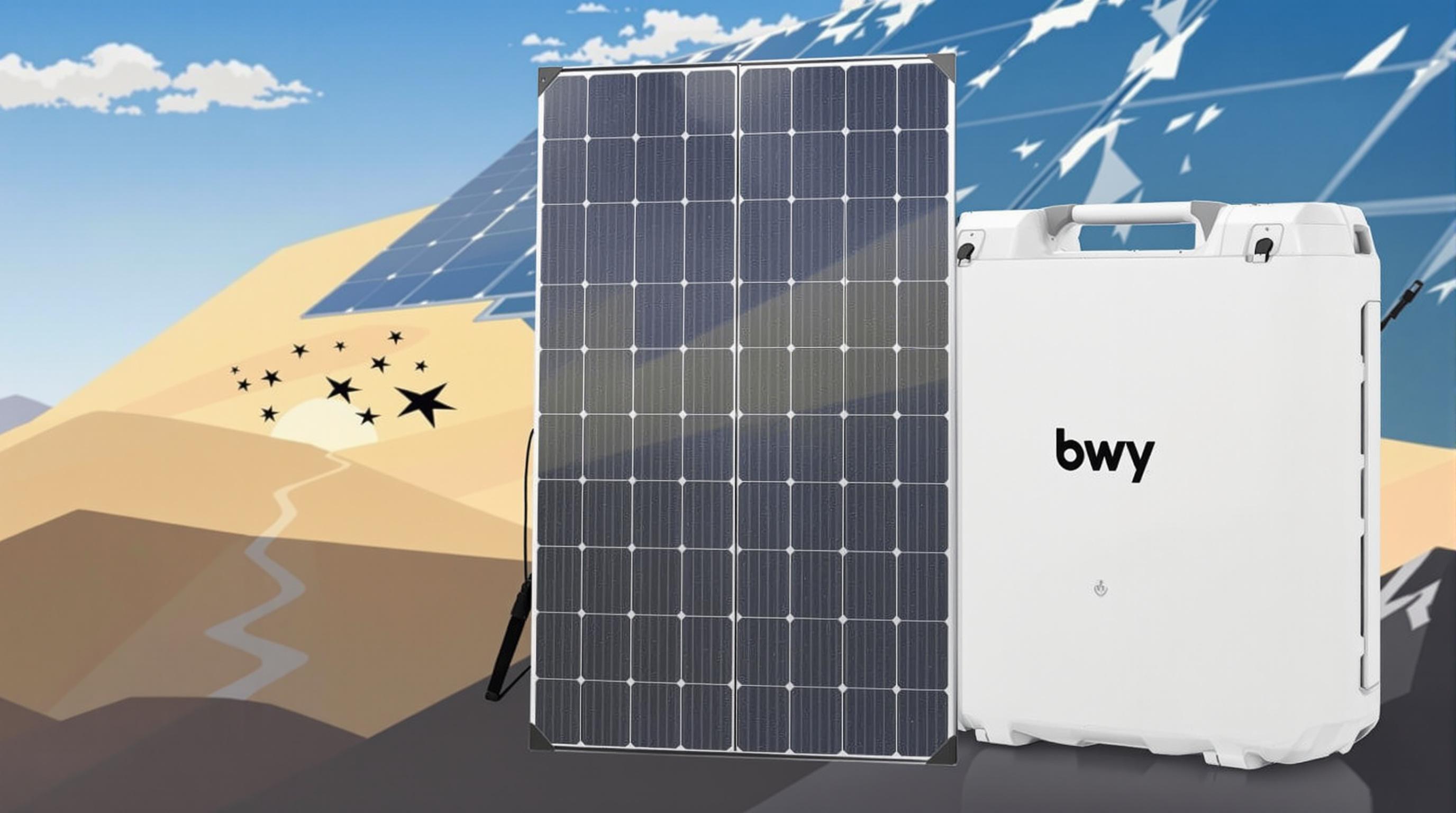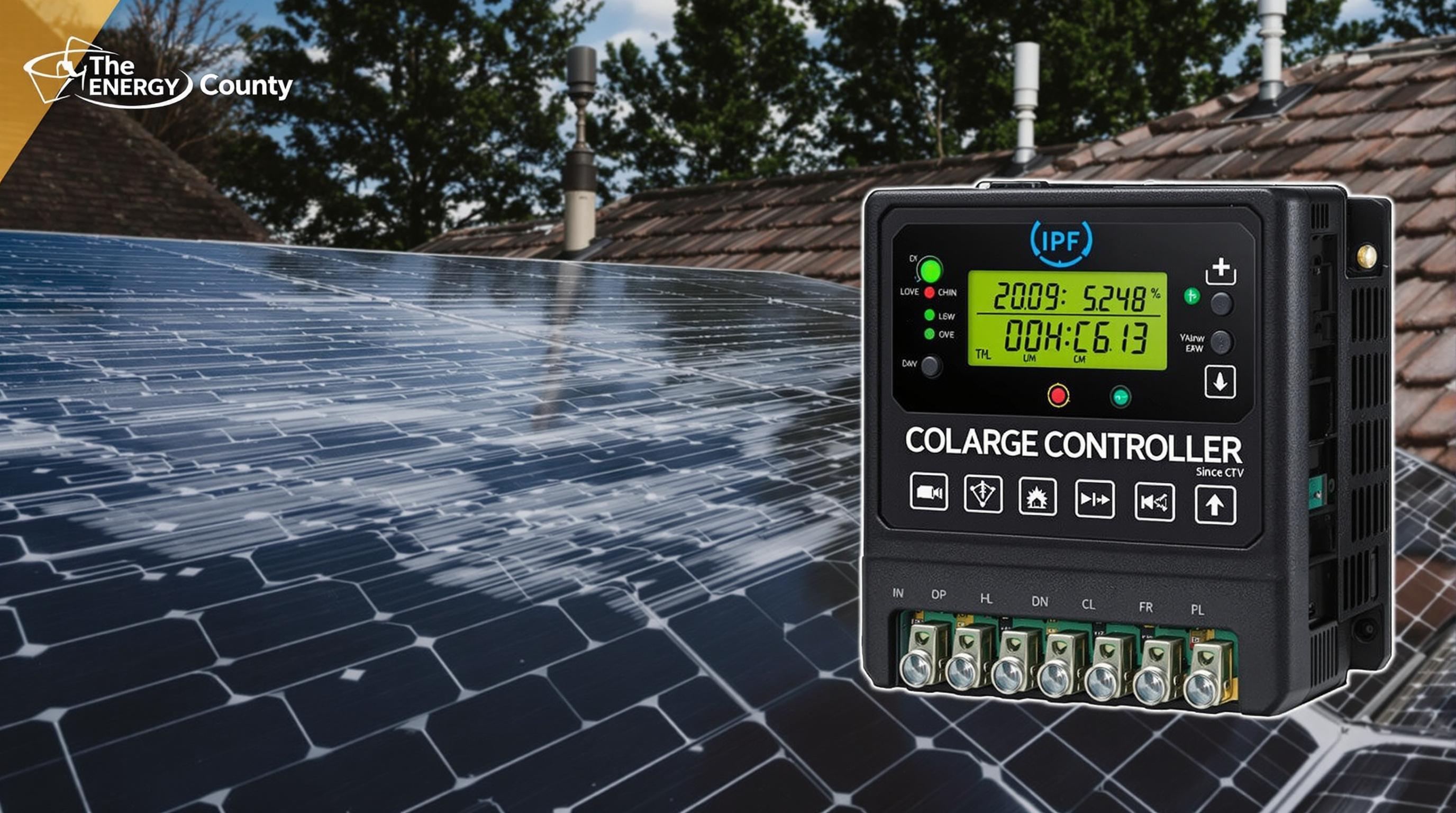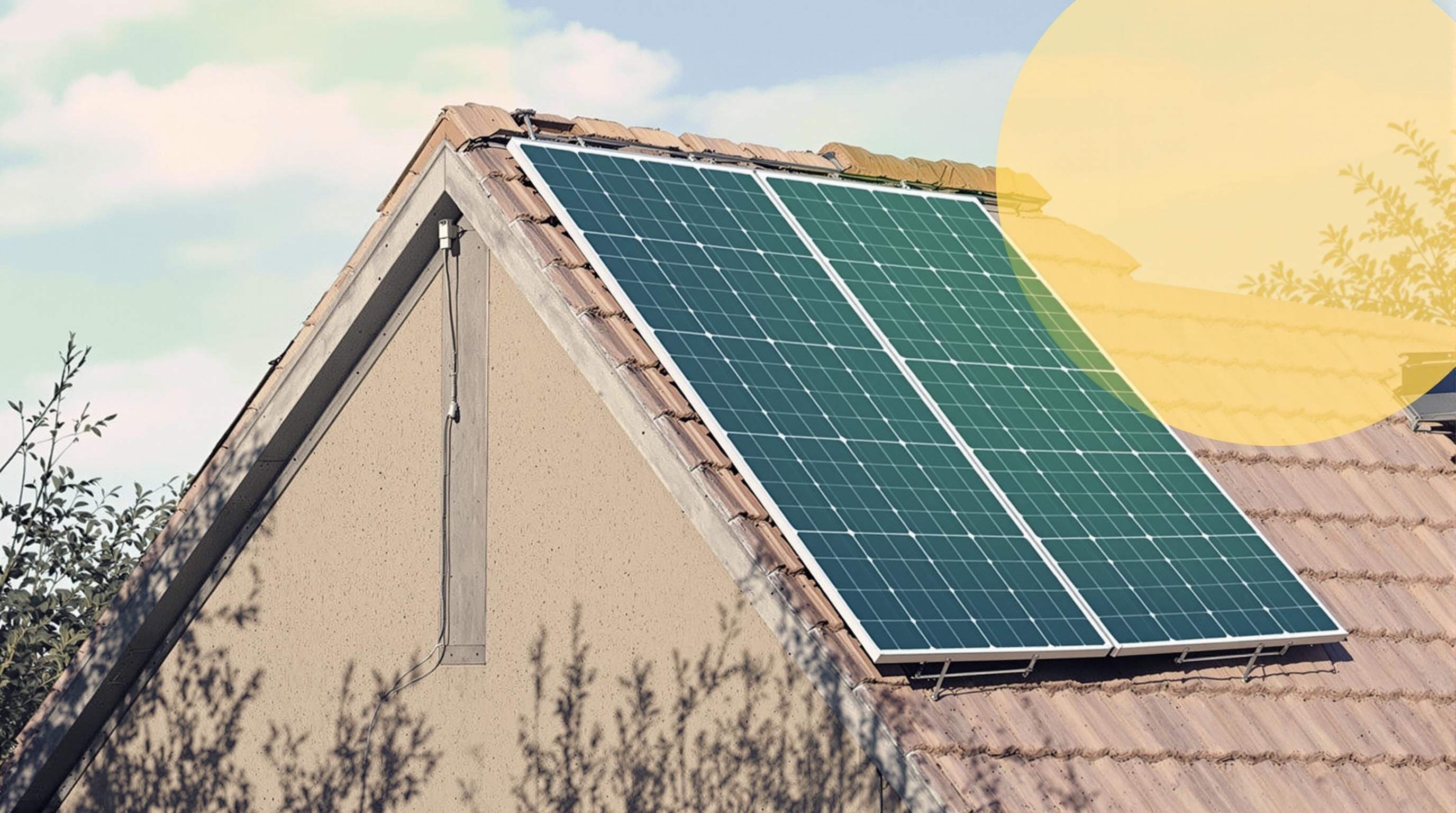Related Articles
- 6 Revolutionary Solar Panel Cleaning Robots Since 2019 Rated for Efficiency and Contractor Appeal
- How Unexpected Weather Patterns Are Shaping Homeowner Choices in Solar Installation Partnerships
- How Solar Inverter Noise Pollution Affects Urban Wildlife and What Manufacturers Are Overlooking
- How Solar Inverters Influence Home Resale Value and What Buyers Rarely Consider Before Purchase
- How Microclimates Secretly Shape Solar Energy Output in Unexpected Urban and Rural Landscapes
- The Quiet Role of Microclimates in Shaping Solar Harvesting Outcomes Beyond Conventional Efficiency Measures
Top 6 Emerging Portable Solar Kits You Can Set Up Yourself Without Breaking the Bank
Top 6 Emerging Portable Solar Kits You Can Set Up Yourself Without Breaking the Bank
Portable solar kits are revolutionizing how we harness renewable energy—offering affordability, ease of use, and sustainability all in one package. This article explores six top emerging kits perfect for DIY enthusiasts across generations, demonstrating how accessible solar power has become.
The Power of Simplicity: Goal Zero Yeti 500X
Imagine camping under the stars, your devices charged effortlessly without hunting for outlets. The Goal Zero Yeti 500X excels in this scenario with its plug-and-play design, making solar energy accessible even to tech novices. Rated at 505Wh capacity and capable of delivering multiple charging ports, it's an elegant solution for weekend warriors.
The kit pairs with the Nomad 20 Solar Panel, which weighs less than 7 pounds, striking the perfect balance between portability and power. Users have praised its reliability during off-grid expeditions, highlighting its rugged design that can withstand the elements. According to a 2022 survey by Outdoor Gear Lab, this model received a 4.7/5 for battery durability and ease of setup—a testament to its user-friendly nature.
From Grandpa’s Workshop to Neighborhood Aid: Renogy Phoenix 300
Don’t let its modest size fool you—Renogy’s Phoenix 300 is a powerhouse designed with independence in mind. As a 70-year-old lover of DIY projects, I found this kit's foldable solar panel and compact battery ideal for impromptu power needs during emergency situations, like when Hurricane Ida caused widespread outages in my community.
The integrated all-in-one design means you don’t fiddle with excessive wiring; it’s ready to use right out of the box. And at roughly $399, it’s an affordable entry point into off-grid living.
Affordable Innovation: Jackery Explorer 300
Jackery has cornered the market on portable solar with the Explorer 300, blending affordability with practical power. At just under $350, it provides 293Wh of battery capacity with fast USB-C charging options—making it a favorite among young travelers and tech-savvy students.
What sets the Explorer 300 apart is its versatility; it serves as both power bank and emergency backup seamlessly. For instance, during the 2021 Texas blackouts, many relied on similar kits to power essential devices and even small medical equipment. Its compactness, weighing under 7 pounds, means anyone from a 16-year-old student to a 50-year-old hiker can carry it anywhere.
SunJack Solar Generator: Humor Meets Utility
“Who knew the sun could double as your coolest roommate?” This cheeky take sums up the SunJack’s charm. It's a fun, lightweight solar charger that's perfect for gadget lovers with a sense of humor—especially those who hate being tethered to wall outlets.
With a 20W solar panel and 12000mAh battery pack, it may not power your entire camping kitchen, but it will keep your phone and tablets alive, which, let's be honest, is half the battle on any outdoor adventure. Weighing just about 2.6 pounds, it’s very much a “grab-and-go” companion.
Case Study: EcoFlow River 2 Pro and Its Flexibility in Action
Let’s drill down into a real-world example that illustrates top-notch portability and customer impact. In a 2023 report by Renewable Energy Today, a family living off-grid in Arizona shared how the EcoFlow River 2 Pro transformed their ability to maintain daily routines without traditional power hookup.
This kit packs a 256Wh battery but boasts an impressive 600W output, enough to run multiple devices simultaneously. Its modular design allows users to expand capacity as their needs grow—a big advantage for any aspiring solar user planning for long-term sustainability.
Blending Casual Insight with Practicality: Anker PowerHouse 200
If you’re just dipping your toes into solar power without intending to wrestle with complicated installations, the Anker PowerHouse 200 balances casual use with enough juice to keep essential gear running. Weighing just under 6 pounds and priced around $260, it’s a wallet-friendly entry point that doesn’t sacrifice quality.
Its intuitive LCD screen displays battery life clearly, which is reassuring for newcomers who want to track usage without guessing. Perfect for tailgaters, road trippers, or your average 30-something tech enthusiast.
Understanding the Cost-Benefit Equation
Statistically, portable solar has become more affordable by nearly 40% over the last decade due to advances in photovoltaic technology and manufacturing scale (source: IRENA, 2023). This means consumers can achieve reliable, sustainable power without breaking the bank.
While upfront costs can range from $200 to $700, the long-term savings on fuel, batteries, and convenience often outweigh initial investment. Plus, many models now feature expandable components and smart technology that improve efficiency year after year.
Humorous Anecdote: How I Accidentally Created a Solar-Powered Coffee Maker
One fine Saturday morning, in my tiny apartment, I attempted to rig the SunJack solar charger to run a miniature coffee maker via an emergency adapter. Spoiler alert: it didn’t brew coffee but illuminated my face with the glow of sheer determination and a charged phone. This little experiment underscored that portable solar kits inspire creativity, even if the results are occasionally amusing.
Choosing Your Best Portable Solar Kit
Picking the right kit hinges on your power needs, portability preference, and budget. Are you a weekend camper needing to charge phones and small devices? Kits like the SunJack or Anker PowerHouse suit this niche. For longer trips or emergency preparedness, the Goal Zero or EcoFlow models offer higher capacity and additional versatility.
Remember to consider additional accessories like expansion batteries, protective cases, and solar panels designed for your kit—these can significantly improve your user experience.
Environmental Impact: More Than Just Convenience
The increasing adoption of portable solar kits plays a key role in reducing carbon footprints. According to the Environmental Defense Fund, an average American household could reduce about 1.6 tons of CO2 emissions annually by supplementing grid electricity with solar energy (EDF, 2022). Portable kits make this accessible even for those not ready for full rooftop installations.
Beyond personal benefits, they empower communities facing unreliable grid access—a profound social impact that underscores the importance of emerging solar technologies.
Final Thoughts from a 45-Year-Old Renewable Energy Enthusiast
I've witnessed energy trends shift rapidly, and portable solar kits stand out as democratizers of power access. From teenagers learning sustainability in school to retirees seeking greater independence, these kits offer a blend of affordability, portability, and green impact that’s hard to beat.
Whether for fun, necessity, or environmental responsibility, embracing these emerging tools is not only smart but also timely for our evolving energy landscape.




